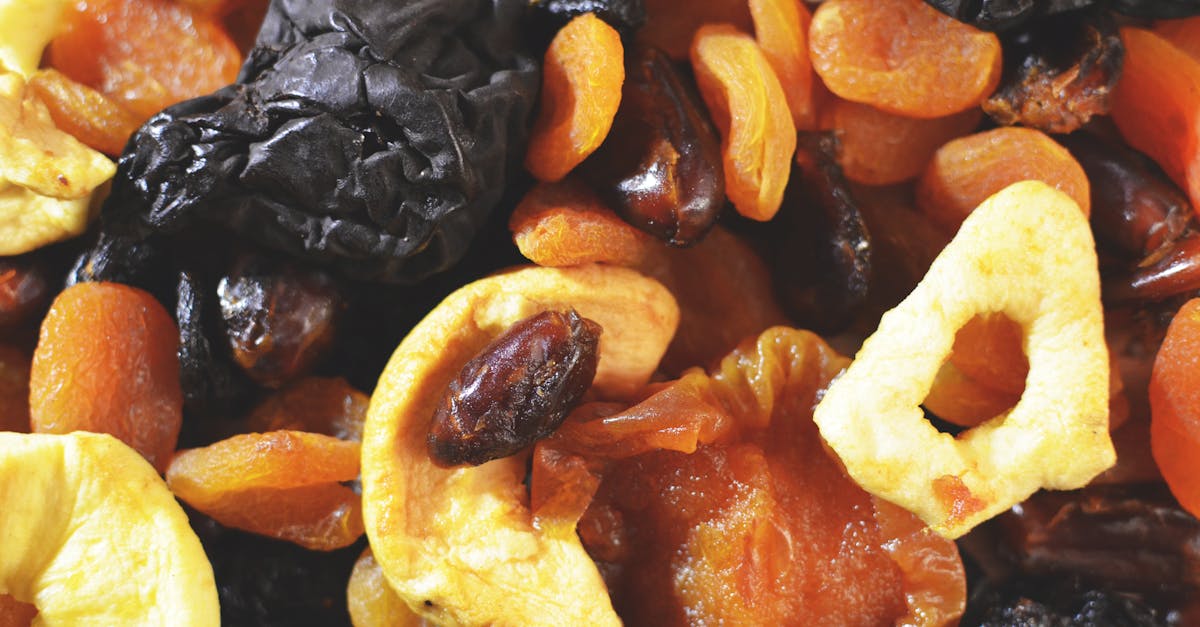Kaju katli and kaju barfi are two popular Indian sweets made primarily from cashews. While they may appear similar at first glance, there are distinct differences between the two that set them apart in taste, texture, and preparation. In this article, we will explore the key differences between kaju katli and kaju barfi, along with their unique characteristics and cultural significance.
| Feature | Kaju Katli | Kaju Barfi |
|---|---|---|
| Ingredients | Cashew nuts, sugar, cardamom | Cashew nuts, sugar, milk, ghee |
| Texture | Silky and smooth | Fudgy and dense |
| Appearance | Diamond-shaped, thin | Square or rectangular, thicker |
| Preparation Method | Cashew paste cooked with sugar | Cashew paste cooked with milk and sugar |
| Taste | Rich and nutty | Creamy and sweet |
| Serving Temperature | Served at room temperature | Can be served chilled or at room temperature |
| Cultural Significance | Popular during Diwali and weddings | Commonly served at festivals and celebrations |
Ingredients
The primary ingredients of kaju katli are cashew nuts, sugar, and cardamom, which come together to create a delicately flavored sweet. Kaju barfi, on the other hand, incorporates milk and ghee in addition to cashews and sugar. This inclusion of milk gives kaju barfi a richer flavor profile and a creamier texture, distinguishing it from the simpler kaju katli.

Texture
Kaju katli is known for its silky and smooth texture, which melts in your mouth with each bite. This is achieved by grinding cashews into a fine paste and cooking it to the right consistency. Kaju barfi, however, has a fudgy and denser texture due to the addition of milk and ghee, making it a more substantial sweet that is often enjoyed in larger pieces.

Appearance
Kaju katli is typically cut into diamond shapes and is known for its thinness, which contributes to its elegant presentation. It is often garnished with a thin layer of edible silver leaf (varak), making it visually appealing. In contrast, kaju barfi is usually cut into thicker squares or rectangles, giving it a heartier appearance that is inviting for gatherings and celebrations.

Preparation Method
The preparation of kaju katli involves grinding cashews into a fine paste, which is then cooked with sugar until it reaches a dough-like consistency. This method ensures that the sweet retains its smoothness. Kaju barfi, however, requires a more complex preparation where the cashew paste is cooked with milk and sugar, creating a richer and creamier mixture that is then set to cool and cut into pieces.

Taste
The taste of kaju katli is characterized by its rich and nutty flavor, thanks to the pure cashew base and the subtle hint of cardamom. Kaju barfi offers a different flavor experience, as the addition of milk and ghee gives it a creamy sweetness that is often more pronounced. This makes kaju barfi a delightful treat for those who enjoy a sweeter, more indulgent dessert.

Serving Temperature
Kaju katli is best served at room temperature, allowing its silky texture to shine. Kaju barfi can be enjoyed at room temperature as well, but many people prefer it chilled, as the cooler temperature enhances its fudgy texture and flavor. This flexibility in serving temperatures adds to the appeal of both sweets in different settings.

Cultural Significance
Kaju katli holds a special place in Indian culture, especially during festivals like Diwali and at weddings, where it is often gifted and shared among family and friends. Kaju barfi is also popular during festive occasions, but it is more commonly served at various celebrations, from birthdays to anniversaries. Both sweets are beloved and cherished, contributing to the rich tapestry of Indian culinary traditions.

FAQ
What is the main difference between kaju katli and kaju barfi?
The main difference lies in their ingredients and texture. Kaju katli is made primarily from cashew nuts, sugar, and cardamom, giving it a smooth texture, while kaju barfi includes milk and ghee, resulting in a denser, creamier sweet.
Can I substitute ingredients in kaju katli or kaju barfi?
While traditional recipes are recommended for authenticity, you can experiment by using different nuts or sweeteners, but this may alter the taste and texture of the final product.
Which sweet is more popular during festivals?
Both kaju katli and kaju barfi are popular during Indian festivals, but kaju katli is particularly favored during Diwali due to its elegant presentation and rich flavor.
How should I store kaju katli and kaju barfi?
Both sweets should be stored in an airtight container at room temperature. Kaju barfi can also be refrigerated for a firmer texture.
References:
– [Food Safety and Standards Authority of India](https://www.fssai.gov.in/)
– [Ministry of Food Processing Industries, Government of India](https://mofpi.nic.in/)
